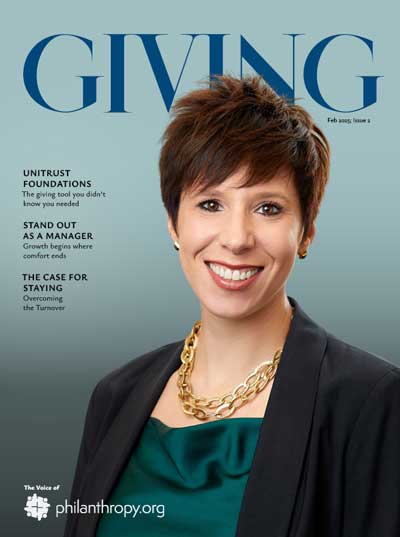Donor Thank-Yous are Critical. Sharing Impact Makes Them Shine.
Sometimes, I hear my mother’s voice in my head. As a child, I would receive a birthday card from my grandma every year with crisp five-dollar bills enclosed. My mother would sit me down with a pen and a fancy notecard to write grandma a thank you note. Her rules were that it had to start with “thank you” and then explain exactly how I spent the money.
I’m sure your mother made you do something similar.
Nonprofit organizations are fairly good at the thank-you part. Most have a process that ensures the donor receives a timely gift acknowledgement saying that the organization received their gift, is grateful for it, and that it is tax-deductible.
However, I see organizations faltering in communicating how the gift was spent. This is a huge opportunity that is missed in connecting with our partners around something meaningful to them!
According to Give.org’s 2023 Donor Trust Special Report, the top 3 reasons that donors give are:
- It makes them feel good;
- They think they can make a difference;
- They want to be a part of something bigger.
We can reinforce all three of these when we tell the donor how we spent their gift and the good that their gift accomplished. Making the donor feel good about their generosity, helping them understand the difference they made, and feeling a part of a larger mission will build trust.
In our industry, impact reporting probably happens best with major donors who enjoy a strong relationship with a fundraiser. However, with intentionality and creativity, I believe we can accomplish something similar on a greater scale. Here are some ways we can share giving impact:
- Text out an impromptu picture or video
- Show how funds were allocated in an annual report
- Leave a voicemail with a story you “just heard”
- Hold a donor Zoom call with a beneficiary you serve
- Text/email a story that illustrates impact
- Use photos and videos to enhance emotion in stories
- Invite donors to a brown bag lunch to meet beneficiaries
- Make impact stories a theme at every event
- Mail a letter “just because” with a beneficiary’s story
- Use social media to share impact
In Give.org’s report, participants also named what would most likely lead to increased future contributions. The #1 one answer? “Additional information from the soliciting charity about what they do with their contribution.”
Mom was right!


